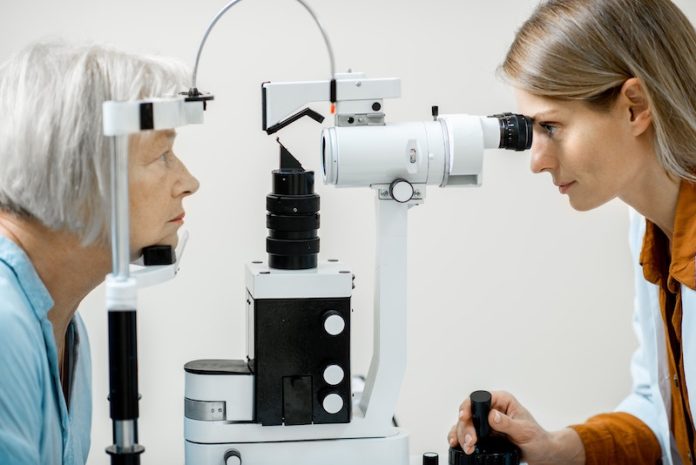
Alzheimer’s disease is a condition that affects millions, slowly stealing away memories and thinking abilities.
It is usually diagnosed in people who are 65 or older, but it starts damaging the brain many years before symptoms appear.
For families and individuals dealing with Alzheimer’s, every piece of new knowledge and every small step forward in research can bring hope.
A team of scientists at Cedars-Sinai Medical Center has recently made such a step by studying the eyes of people with Alzheimer’s disease.
Understanding Alzheimer’s: A Glimpse through the Eye
Alzheimer’s disease has long been studied by doctors and scientists, but we still don’t have a clear understanding of what causes it, and we don’t have a cure.
This disease damages the brain and results in memory loss, confusion, and difficulty in performing familiar tasks, affecting one’s ability to live independently.
Scientists have been trying to understand the changes that happen in the brain due to Alzheimer’s, hoping to find new ways to treat, cure or prevent it.
In this context, scientists at Cedars-Sinai Medical Center have been studying a part of the eye called the retina. The retina is like a camera film at the back of our eyes—it catches the light and sends pictures to our brain.
By looking at the retina, scientists hope to understand more about what’s happening in the brain of someone with Alzheimer’s disease.
The Study: Looking for Clues in the Eyes
Scientists studied eye and brain tissue from 86 people for over 14 years. This is the biggest study of its kind so far, comparing tissue from people with normal brain function to those with Alzheimer’s disease.
They particularly looked for any abnormal changes or signs of disease in the retina.
Their research showed that people with Alzheimer’s disease had more of a certain protein, called amyloid beta 42, in their retinas.
This protein forms clumps in the brains of people with Alzheimer’s disease, affecting brain function.
Scientists also noticed that people with Alzheimer’s had fewer cells that help clear away these harmful proteins from the retina and brain.
Why This Matters: A Step Towards Early Detection and Better Treatment
By studying these changes in the retina, scientists are hoping to detect Alzheimer’s disease in its early stages, before major symptoms appear.
Early detection is crucial because it can help in managing the symptoms better and slowing down the progression of the disease.
Currently, doctors mostly rely on memory tests and other assessments to diagnose Alzheimer’s, which can only detect the disease when it has already caused considerable damage.
Detecting Alzheimer’s through the eye could potentially offer a simpler, more affordable, and non-invasive way to spot the disease early.
If doctors can diagnose Alzheimer’s by just looking at the eye, it would be a huge advancement. This could lead to better treatments and, possibly, ways to prevent the disease from developing further.
The findings of this study are not only critical for understanding how Alzheimer’s develops but also represent a beacon of hope for millions suffering from the disease and their families.
Early detection and intervention can significantly improve the quality of life for those living with Alzheimer’s and might hold the key to devising strategies that could delay or even prevent the onset of the disease.
Conclusion
Alzheimer’s disease is a challenging and heart-wrenching condition affecting millions around the globe. The lack of definitive early diagnostic tests and effective treatments makes it a relentless foe.
However, the groundbreaking study by Cedars-Sinai Medical Center provides a glimmer of hope.
By examining changes in the retina, researchers believe they can uncover the secrets of Alzheimer’s development in the brain, paving the way for early detection and potentially more effective treatment strategies.
This innovative approach to studying Alzheimer’s represents a significant stride in the ongoing battle against this devastating disease, offering hope to patients and their families that a breakthrough is on the horizon.
If you care about Alzheimer’s disease, please read studies that bad lifestyle habits can cause Alzheimer’s disease, and this new drug may help treat Alzheimer’s disease.
For more information about brain health, please see recent studies about a new early sign of Alzheimer’s disease, and results showing this brain problem can increase risk of stroke for up to five years.
The research findings can be found in Acta Neuropathologica.
Follow us on Twitter for more articles about this topic.
Copyright © 2023 Knowridge Science Report. All rights reserved.



